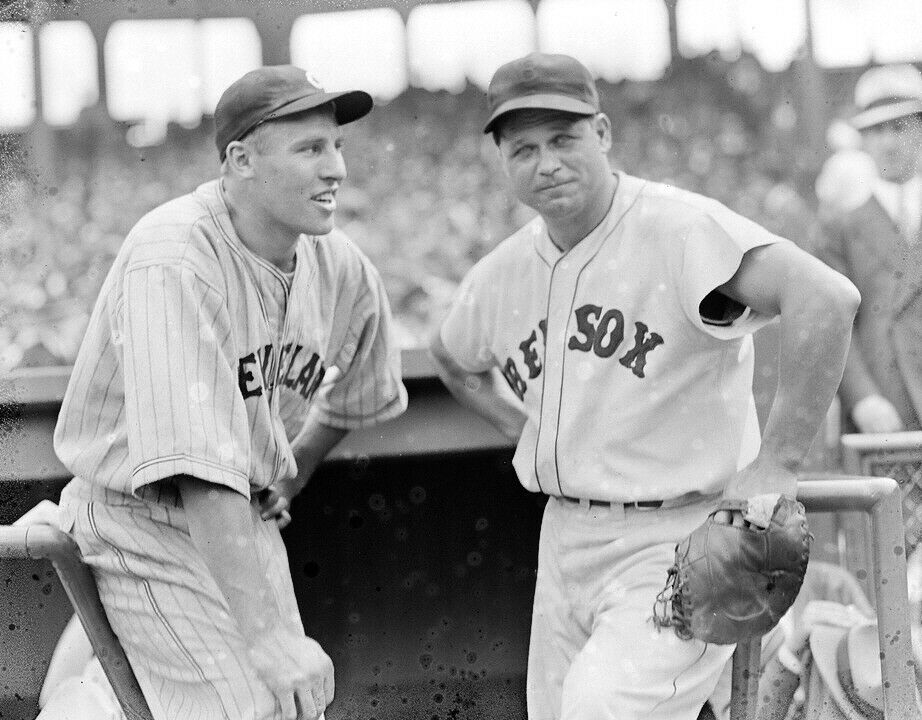Baseball History Comes Alive Now Ranked #2 by Feedspot Among All Internet Baseball History Websites and Blogs!
Guest Submissions from Our Readers Always Welcome!
Subscribe to Baseball History Comes Alive! for automatic updates (sign-up block found in right side-bar)
As a Free Bonus for subscribing, you’ll get instant access to my two Special Reports: Memorable World Series Moments and Gary’s Handy Dandy World Series Reference Guide!
Hal Trosky Photo Gallery
Click on any image below to see photos in full size and to start Photo Gallery:
- Hal Trosky
- Hal Trosky
- Hal Trosky
- Hal Trosky (Leslie Jones collection)
- Hal Trosky with Jimmie Foxx
- Hal Trosky
- Hal Trosky
- Hal Trosky plaque at Cleveland Indians Hall of Fame
- Hal Trosky, Earl Averill, Joe Vosmick, Roy Weatherly, 1936
- Hal Trosky and Bob Feller with manager Ossie Vitt, the center of the “Crybaby” incident
- Hal Trosky with the White Sox, 1944
- Hal Trosky
- Hal Trosky bioraphy by Bill Johnson available at Amazon
The Indians’ Hal Trosky: The Best Player Who Was Never An All-Star!

Shop MLB.com. The Official Online Shop of Major League Baseball.
Gary Livacari
Photo Credits: All from Google search
Information: Excerpts and quotes edited from the Hal Trosky SABR biography by Bill Johnson; and from the Hal Trosky Wikipedia page.
Check out my latest books both now available on Amazon in e-book and paperback, Reflections On the 1919 Black Sox: Time to Take Another Look. All profits go to the Illinois Veterans Foundation.
We are a participant in the Amazon Services LLC Associates Program, an affiliate advertising program designed to provide a means for us to earn fees by linking to Amazon.com and affiliated sites. Click here to view Amazon’s privacy policy















I enjoyed this article greatly -thank you for writing it! I liked Hal Trosky a lot; he was one of those ballplayers who “could’ve been great” if not for health issues he was born with. There is a certain ironic situation of his life, that having grown up on a farm and having to sit out years due to migraines, he was lactose intolerant. Research into this condition didn’t begin until the 1960s, so Hal and many others in his time (and before) suffered while possibly not knowing what caused his headaches.
As you mentioned, Hal grew up in Norway, Iowa, a short drive from where I went to college. Many years later, while on a home-buying search, one of the houses was in Norway. I liked it, as it was a nice town, and I knew that Hal Trosky was from there. However, in the proposed house, the roof over the stairway was too low, and that crack in the wall that went up to the ceiling caused a little too much concern to buy.
Also, as you know, his son, Hal Trosky Jr. briefly played for the White Sox. Unfortunately, he passed away in 2012 in Swisher, Iowa, a short drive from Cedar Rapids.